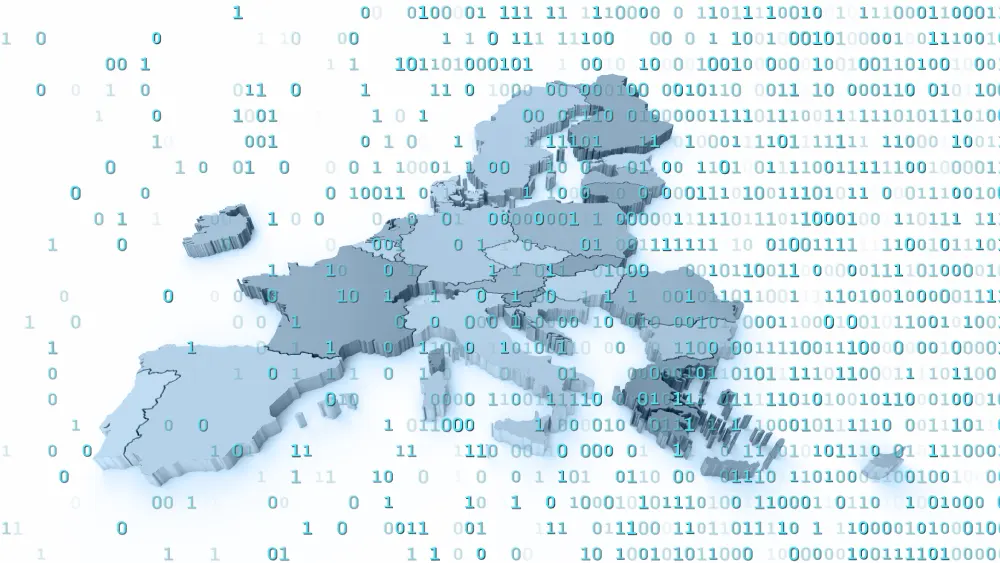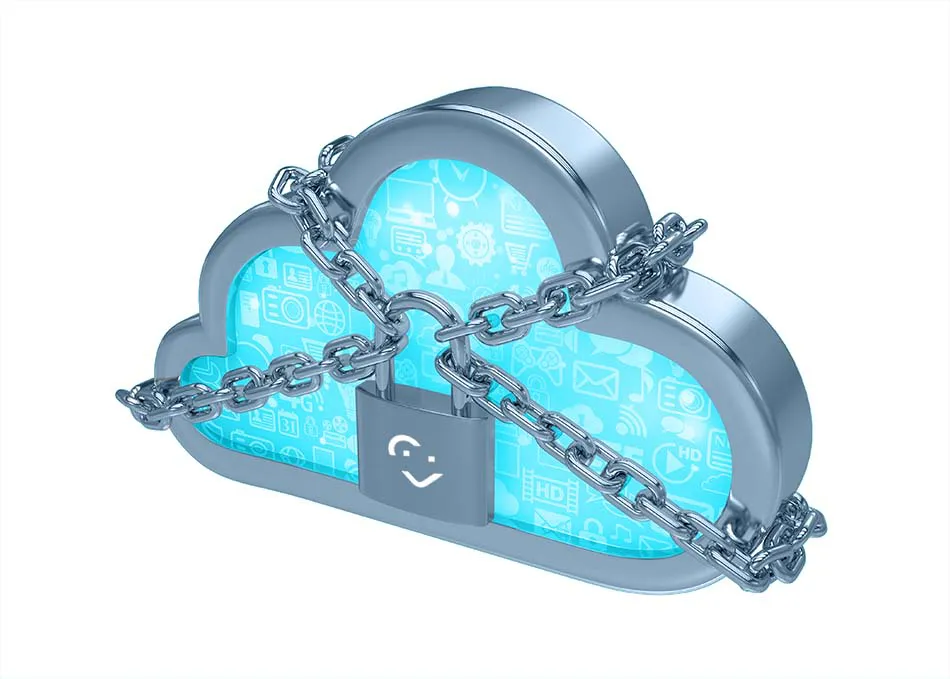Operating independently and flexibly with the Cloud Access Data
at any Time and
from Anywhere
at
from
If you are planning to implement an ERP system or are planning to change ERP vendor, you not only have to deal with the question of the right ERP system, but also with another key question: do you prefer an on-premises solution or a cloud solution? ☁️
What does On-Premises mean?
“On-Premises” (or “On-Prem”) means “on-site”. With this operating mode, the ERP software is located in your own company - i.e. on your internal computer or server. After you have purchased the software license and the ERP solution is installed on your server, you have complete control and responsibility over the software managing it yourself. You take care of maintenance, updates and data security on site.
What is a Cloud Solution? ☁️
With a cloud solution, an external provider makes the software available to you online. You can think of it as leasing data center resources from the provider. There are various forms of cloud computing, with the most common variant being Software as a Service (SaaS). You do not need your own server and are not dependent on in-house IT specialists to take care of regular updates and maintenance.
Cloud vs. On-Premises
Cloud ERP solutions and on-premises ERP solutions differ in terms of where the software is located. While the software is hosted on the company’s own premises (server room) in the On-Premises model, cloud-based software is available via a web browser. You can also opt for a mixed form (hybrid solution) - and combine the pros and cons of both variants.
Pros and Cons of On-Premises
Pros 💪 |
Cons 🐌 |
|---|---|
| Administration by yourself You alone decide what happens with the software, as only you have complete control. | Poor scalability: You have to purchase your software licenses on a long-term basis. |
| Permanent access: Unrestricted access to the software is possible at any time - even without an Internet connection. | Compatibility with hardware: The hardware you work with must be suitable for the ERP software. |
| Data protection in your own hands: Your sensitive data remains with you - you do not have to pass it on to third parties. | Maintenance effort: Additional effort is required as you have to carry out maintenance yourself. |
| Time-limited support: After a certain time, the software may no longer be further developed by the provider. | |
| Comparatively high initial investment: Purchasing your own server is expensive. |
Strengths and Weaknesses of the Cloud
Pros 💪 |
Cons 🐌 |
|---|---|
| Low hardware requirements: Since cloud computing is handled via an external data center, your hardware does not need to have high performance. | Dependence on the provider: If the provider of the ERP software discontinues cloud operation, you will no longer be able to use the software. |
| Access from anywhere in the world: Provided there is an Internet connection, you can access the software from anywhere via the web browser. | Internet connection required: If you have no or only a very weak Internet connection, you will not be able to work with the ERP software. |
| Good scalability: You can expand the functional scope of your software and/or add further accounts at relatively short notice. There are various price models that can be tailored to your individual needs. | Data protection: It is important to choose a reputable cloud provider that you can trust with your sensitive data. |
| External maintenance: The provider takes care of installing updates for you. | |
| Low initial investment: The costs are limited at the beginning, as cloud computing is based on a subscription model. | |
| Comparatively low total costs: You pay regular leasing fees and there may be costs for updates if support expires. However, there are no costs for IT staff, maintenance, premises, updates and data backup. | |
| High security standards: The Microsoft Group, for example, employs 3,500 cyber security specialists and invests a billion a year in the security of its data centers. | |
| Sustainability: With the cloud, you save emissions that a server causes and thus improve your company’s carbon footprint. |
Confusion of Terms: IaaS, PaaS, SaaS
Not all clouds are the same - there can be different service models behind them. Basically, it is always a service that is provided by an external provider via the internet, which is why it is also referred to as “Anything-as-a-Service” (XaaS).
The three service models that are most common in practice are IaaS, PaaS and SaaS. They differ in terms of control and management of your software. Imagine the whole thing as a pyramid with three levels.

IaaS - Infrastructure as a Service
At the lowest level of the pyramid, there is IaaS (Infrastructure as a Service). This variant forms the basis of cloud computing. It has the lowest service level and differs only slightly from on-premises. However, you do not buy the necessary hardware (server infrastructure), so it is not physically located in your company building. Instead, you rent it from the IaaS provider. The provider manages the infrastructure via a cloud and carries out regular maintenance.
Nevertheless, you retain a high degree of control and flexibility because your internal IT department continues to take care of operating systems, middleware, databases, runtime and applications.
PaaS - Platform as a Service
Level 2 is PaaS (Platform as a Service) With this service model, the provider provides you with a software platform. This means that, in contrast to IaaS, the provider makes the operating system and middleware available to you in addition to the infrastructure. This gives you access to a cloud-based environment in which applications can be developed.
SaaS - Software as a Service
At the top of the pyramid, there is SaaS (Software as a Service), which is the most common cloud service model and is primarily aimed at end users. They can access the applications provided via a web browser. SaaS providers take care of the technical infrastructure as well as the installation and permanent updating of applications. Updates are handled centrally.

Conclusion: The higher you are in the pyramid, the more work your internal IT department is relieved of. Which model is best suited to your company therefore also depends on the infrastructure and human resources you have at your disposal.
Public Cloud vs. Private Cloud vs. Hybrid Cloud vs. Multi Cloud ☁☁☁
In addition to the different service models, there are also different deployment types of the cloud. The four most important:
Public cloud
This is a public cloud that the general public can access via the internet. All you need is a web browser. Examples of the use of a public cloud are online storage (e.g. Microsoft OneDrive) or email programs (e.g. Microsoft Outlook).
Private Cloud
The private cloud is only available to your company. You can access the cloud via a private internal network, for example via the Intranet or VPN (Virtual Private Network).
Hybrid Cloud
The hybrid cloud is a mix of the public cloud and the private cloud and offers you the option of switching to a public cloud if your private cloud is fully utilized.
Multi Cloud
Here you use Private Clouds and Multi Clouds from different providers in parallel.
More information
on the topic Cloud
on the


 Operating independently and flexibly
Operating independently and flexibly







